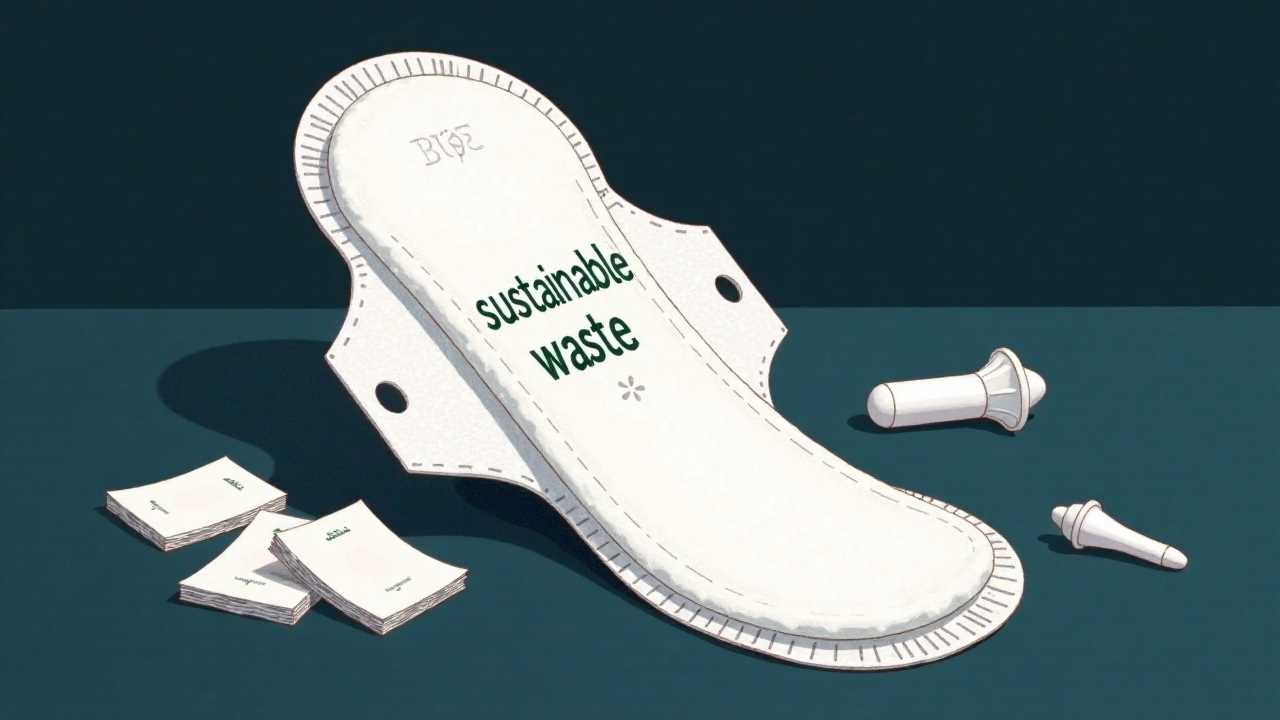
The Importance of Sustainable Menstruation Products
In today's world, the conversation surrounding sustainable menstruation products is more relevant than ever. As we become increasingly aware of our environmental impact, the need for eco-conscious alternatives in feminine hygiene has gained significant traction. Traditional menstrual products, such as pads and tampons, often contain synthetic materials and generate substantial waste, contributing to the global pollution crisis. By opting for sustainable options, we can promote menstrual equity while minimizing our ecological footprint.
Understanding Menstrual Equity
Menstrual equity refers to the right of all individuals to access safe, affordable, and hygienic menstrual products. This concept is particularly crucial for marginalized communities, where access to basic hygiene products can be limited. Sustainable menstruation products not only provide an eco-friendly alternative but also help bridge the gap in access to feminine hygiene. By advocating for these products, we can foster a more inclusive society where everyone has the means to manage their menstruation with dignity.
Zero Waste: A Sustainable Approach
The zero waste movement emphasizes the importance of reducing waste at every stage of a product's lifecycle. Sustainable menstruation products align perfectly with this philosophy. Options such as reusable cloth pads, menstrual cups, and period underwear are designed to be durable and long-lasting, significantly reducing the amount of waste generated compared to single-use products. By choosing these alternatives, we can contribute to a circular economy that prioritizes sustainability and resource conservation.
Cultural Practices and Menstruation
Menstruation is a natural biological process that is often influenced by cultural practices. Different cultures have unique approaches to managing menstruation, which can impact the types of products used. In many societies, traditional practices may involve the use of natural materials such as cotton or wool. By integrating these cultural practices with modern sustainable menstruation products, we can create solutions that respect tradition while promoting eco-conscious choices. This fusion of old and new not only honors cultural heritage but also encourages the adoption of sustainable practices in menstruation management.
Natural Materials in Feminine Hygiene
The use of natural materials in sustainable menstruation products is a key factor in their effectiveness and eco-friendliness. Products made from organic cotton, bamboo, and hemp are not only biodegradable but also free from harmful chemicals and toxins commonly found in conventional menstrual products. These natural alternatives provide a healthier option for individuals while reducing the environmental impact associated with synthetic materials. By prioritizing products made from natural materials, we can support both personal health and the health of our planet.
The Benefits of Switching to Sustainable Menstruation Products
Transitioning to sustainable menstruation products offers numerous benefits that extend beyond environmental impact. Firstly, many individuals find that reusable products are more cost-effective in the long run. While the initial investment may be higher, the durability of these products means they can be used for years, ultimately saving money. Additionally, many users report increased comfort and reduced irritation when using natural materials compared to traditional options.
Moreover, sustainable menstruation products often come with a sense of empowerment. By making conscious choices about their menstrual health, individuals can take control of their bodies and contribute to a larger movement toward sustainability and equity. This empowerment is particularly significant for those who have faced barriers in accessing menstrual products, as it fosters a sense of agency and self-care.
How to Make the Switch
Making the switch to sustainable menstruation products is a personal journey that can be approached in several ways. Start by researching the various options available, such as menstrual cups, reusable pads, and period underwear. Consider your lifestyle, preferences, and comfort levels when selecting products. Many brands offer starter kits that allow users to try different products before committing to a specific type.
It's also essential to educate yourself about proper care and maintenance of reusable products. Understanding how to clean and store these items will ensure their longevity and effectiveness. Engaging with online communities and forums can provide valuable insights and support as you navigate this transition.
Advocating for Change
As we embrace sustainable menstruation products, it is vital to advocate for broader systemic changes that promote menstrual equity and access to eco-conscious options. This includes supporting policies that provide free menstrual products in schools and public facilities, as well as encouraging manufacturers to prioritize sustainability in their production processes. By raising awareness and engaging in conversations about menstrual health, we can drive meaningful change in our communities.
A Sustainable Future for Menstruation
The shift towards sustainable menstruation products is not just a trend; it represents a fundamental change in how we view feminine hygiene and our responsibility to the planet. By choosing eco-conscious options, we can promote menstrual equity, reduce waste, and honor cultural practices while prioritizing our health. Together, we can pave the way for a future where sustainable menstruation products are the norm, ensuring that everyone has access to safe and environmentally friendly options.
 Business & FinanceHealth & MedicineTechnologyLifestyle & CultureScience & EnvironmentWorld NewsPrivacy PolicyTerms And Conditions
Business & FinanceHealth & MedicineTechnologyLifestyle & CultureScience & EnvironmentWorld NewsPrivacy PolicyTerms And Conditions
